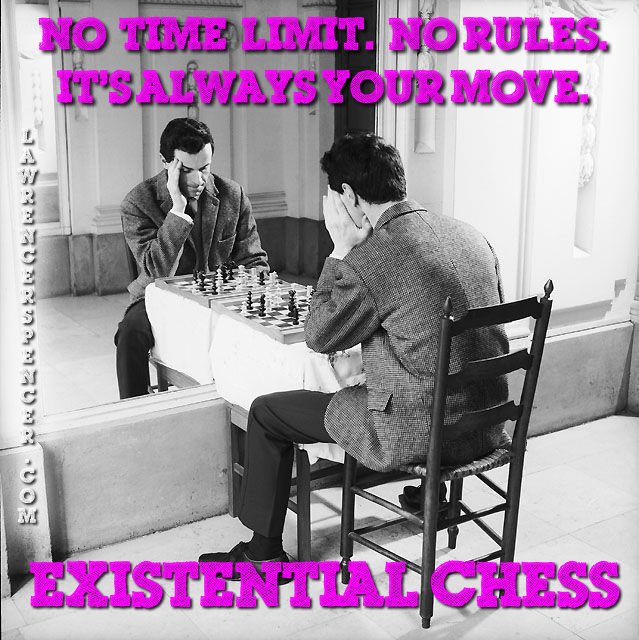Republished by Blog Post Promoter
Definition of the word Constatation:
noun: an assumption or supposition that is the basis of an argument, theory or hypothesis.
verb: expressing an opinion based upon suppositional arguments or theory unsubstantiated by demonstrable evidence.
Examples of Constatation:
Example 1:
In the year of ‘Our Lord’, 1423 A.D., (in Caucasian European Christian ‘civilization’) it is certain and irrefutable knowledge, guaranteed by threat of pain or death at the hands of the priests of the Catholic Church, who are the one and only official representatives of the Only God, an unseen Male Spirit, who ‘created’ everything that exists in 6 days – that is, the entire universe and everything in it — including the Sun that revolves around the Earth which is a flat, 2-dimensional plane whose peripheral boundaries are unexplored and, therefore, dangerous and forbidden to investigate, and Man (not woman) who was likewise created as a rendering of His perfect likeness, including a multi-purpose device used for self-replication and/or as a self-serving pleasure toy, or by the priests who use it to bugger young boys.
Example 2:
In the year 2011, the priests of Western Science hypothesize, based on a Theory of Evolution — which is utterly devoid of any spiritual concept whatsoever — decree, with the blessings of the aforementioned Christian priests, that the planet Earth accidentally spawned a myriad of physical biological-chemical -electrical organisms of which the preeminent product is “homo sapiens”, whom are therefore justified in appointing themselves to be the supreme form of life in “The Universe” and are therefore “The Center” of all universes, which is based on an infinitesimally tiny speck of dust inside of an nearly infinitely large and chaotic space that is absolutely stuffed with eternally burning balls of deadly energy, radiating across intractable fields of indecipherable matter, and monstrously tiny and gigantic objects all swirling about in a inconceivably macroscopic and microscopic continuum which has existed in a state of unmitigated , explosive growth for approximately 4 billion years of “time” -– a concept for which the priests have no agreed upon definition – as the result of an accidental and inexplicable “Big Bang” of pre-existing energy and/or materials of unknown location, derivation, quality, quantity, origin or causation, purpose, rhyme or reason whatsoever.
_________________________
Excerpt from the forthcoming book, THE ORDER OF OMEGA TIME TRAVEL CULT, by Lawrence R. Spencer




